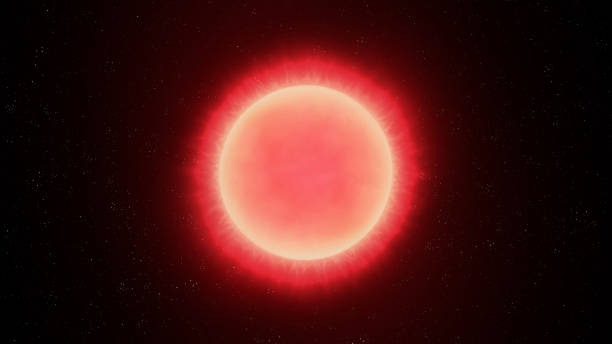Astronomers have discovered one of the oldest stars in the Milky Way, estimated to be 13.5 billion years old.
A star considered to be one of the oldest in the universe is hiding in the Milky Way and it is approximately 1,200 light years distant from the Earth. A new research whose findings were published in The Astrophysical Journal argues that a small star that is just 13.
Nearly all of this red dwarf star is only 5 billion years old, and it only contains traces of heavy elements, which indicates that its formation took place from one of the purest masses of material dating back to just after the Big Bang. Additionally, due to the fact that the little star has only one-seventh solar mass and is formed from the primordial materials, experts are questioning the demography of the first stars.
Ancient ancestors
The first stars were probably formed no earlier than 200 million years after the inception of the universe. Originally these stars were made from the materials available at the time and the same was composed of hydrogen, helium and a small portion of lithium. As these stars evolved and aged they turned their initial, lighter elements into the heavier ones which have been dubbed ‘metals’. Some of these first stars exploded as supernovae, releasing their trapped metals into the cosmos. The next generation of stars formed from the somewhat metal-enriched gas.
[The next generation of stars coalesced from the somewhat metal-enriched gas formed in the preceding stage. ]This process remained unchanging, and with each ascending generation of stars, the next generation was further enriched by the metal content. “Our Sun most likely evolved from mature generations of short-lived massive stars that have existed and have perished since the Big Bang,” explains the lead author, Kevin Schlaufman of Johns Hopkins University in a press release on the study. “Yet, what’s perhaps more intriguing about this star is that it had maybe only one antecedent between this star and the start of life.
It’s small. So what?
Even identifying the star that has been in existence since shortly after the Big Bang is a significant discovery, the small size of the ancient, metal-poor star or what is referred to as 2MASS J18082002-5104378 B is also interesting. Specifically, current theorists think that the first generation of stars in the universe was massive and had short lifespans. Before the late 1990s, most astrophysicists were convinced that primordial universe could only generate behemoth stars. Still, as the simulations have become more intricate over the years, the attitude towards them has shifted.
For instance, a 2012 Japanese study employing simulations suggested that in early universe, the formation of low-mass stars could be triggered by nearby supernovae explosions.
While scientists remain uncertain how 2MASS J18082002-5104378 B formed, “this discovery means that the first stars in the universe did not need to be huge stars that lived and died long time ago,” astrophysicist Andrew Casey of Monash University said in ScienceAlert.
“Perhaps these old stars were born with extremely little amounts of material, so some of the primordial matter left over from the Big Bang might still be around at the present time That gives a brand-new point of view on the evolution of stars in the early universe.
Do not forget to share your opinion with us to provide you with the best posts !




0 Comments